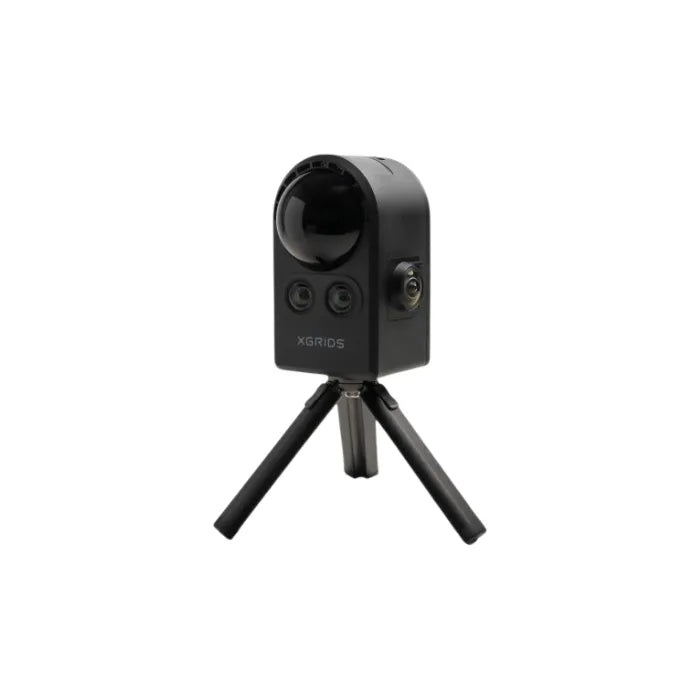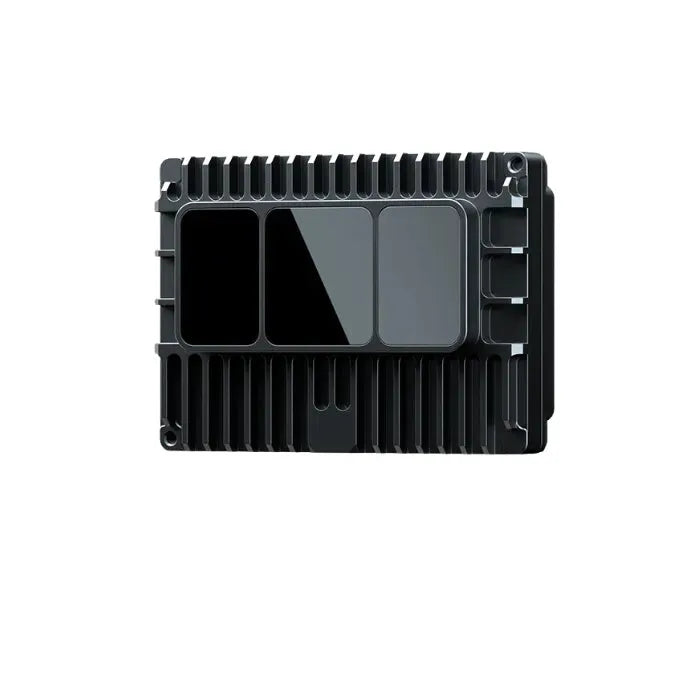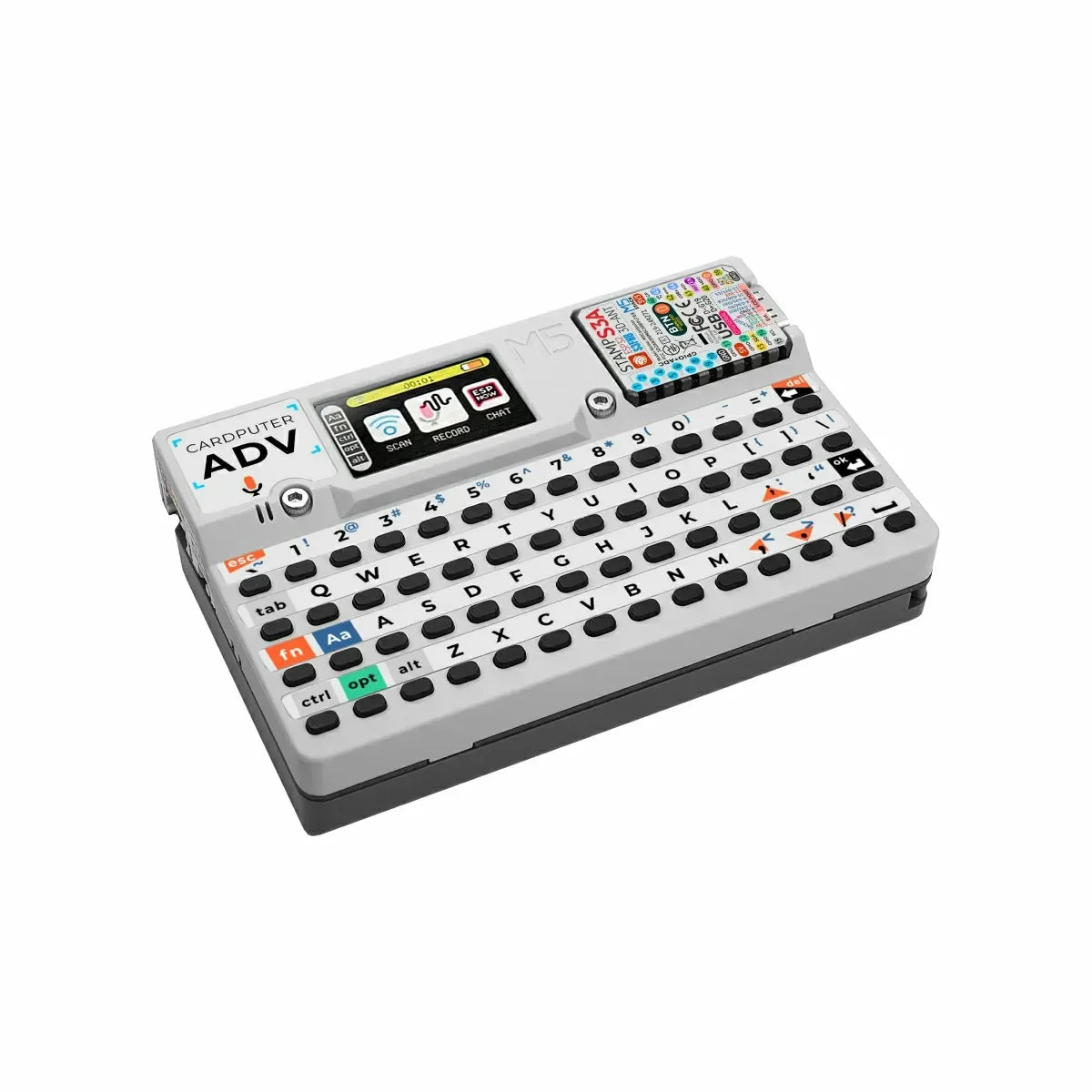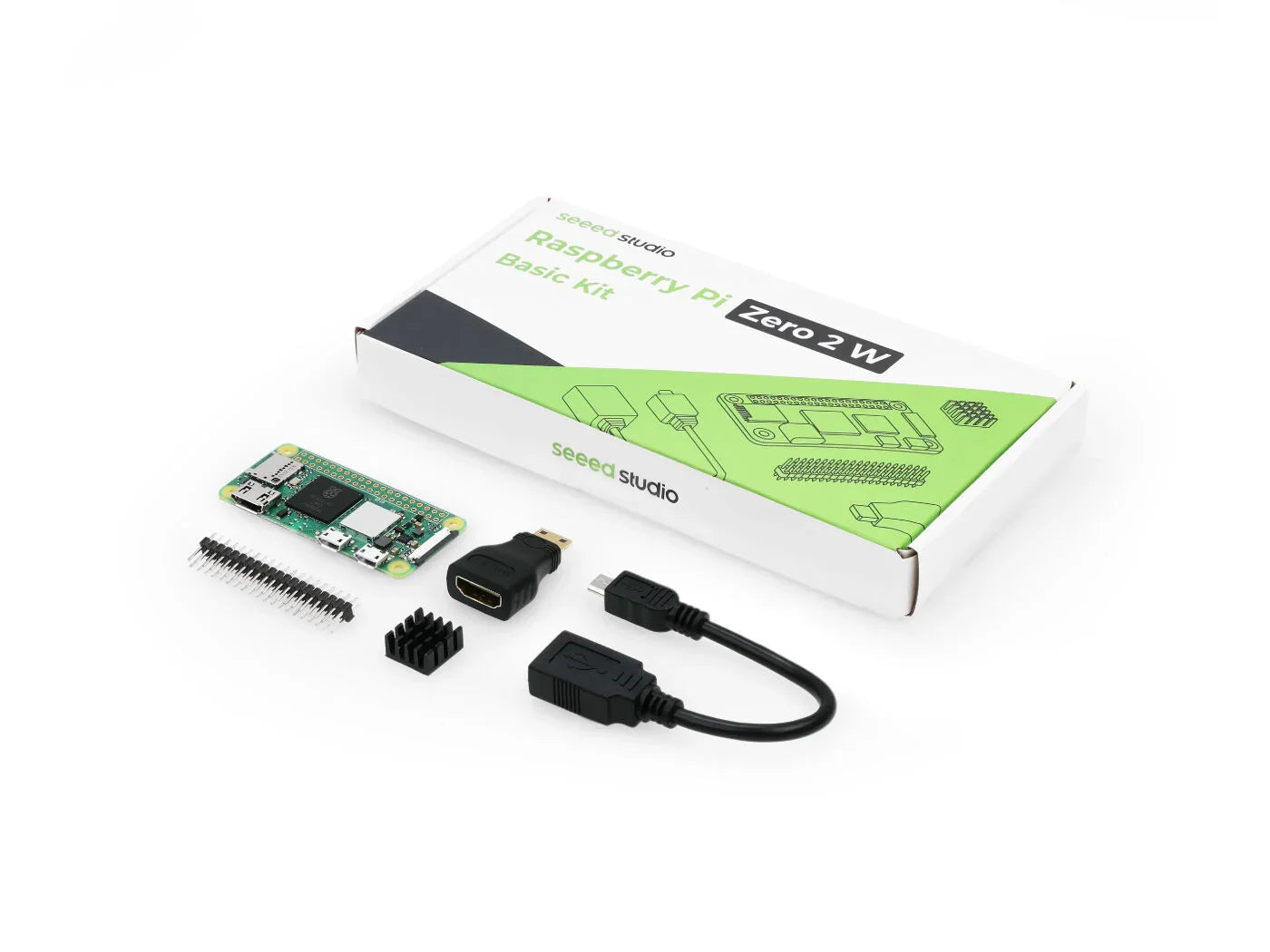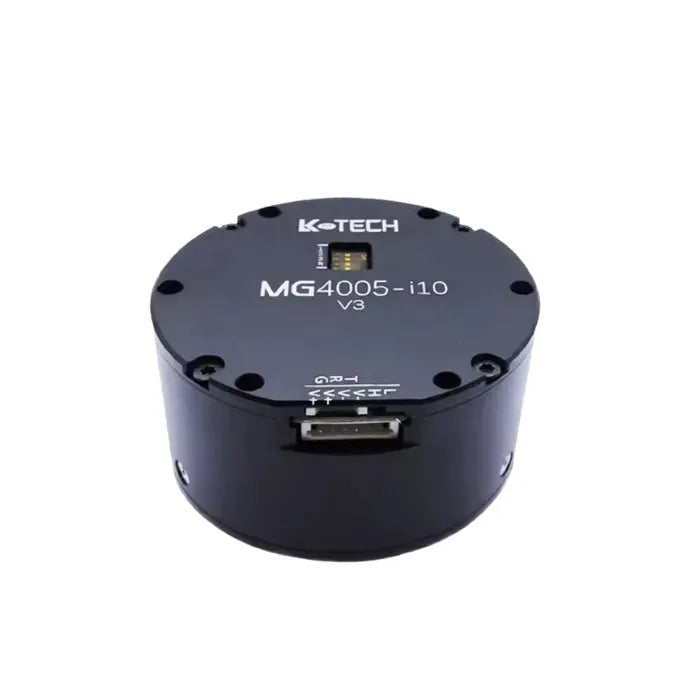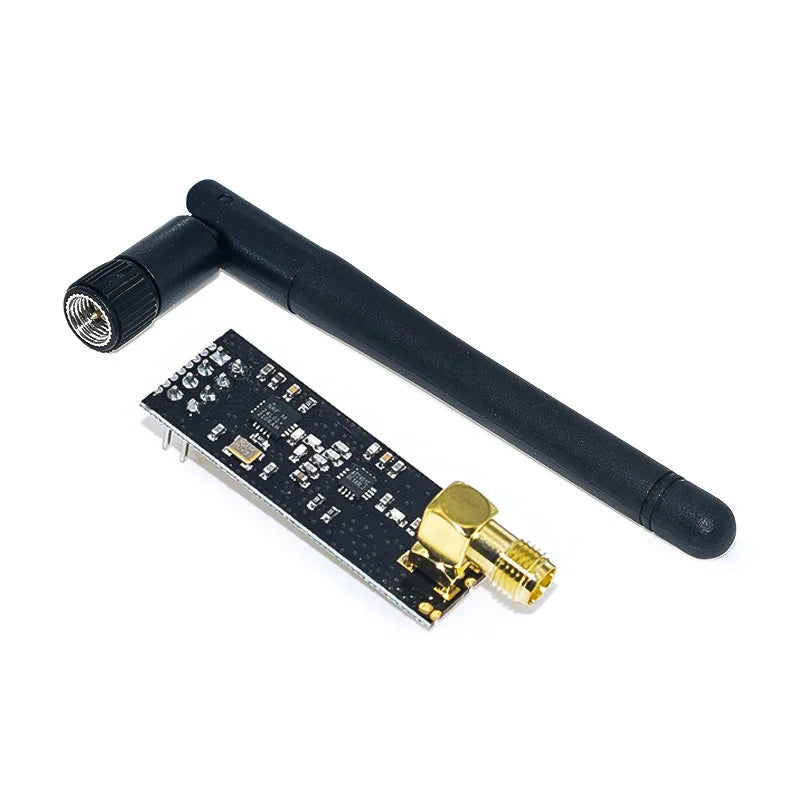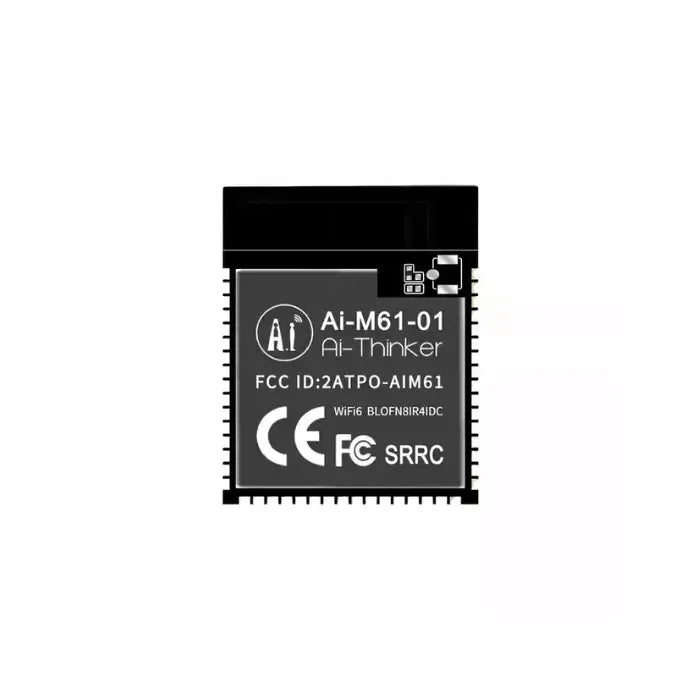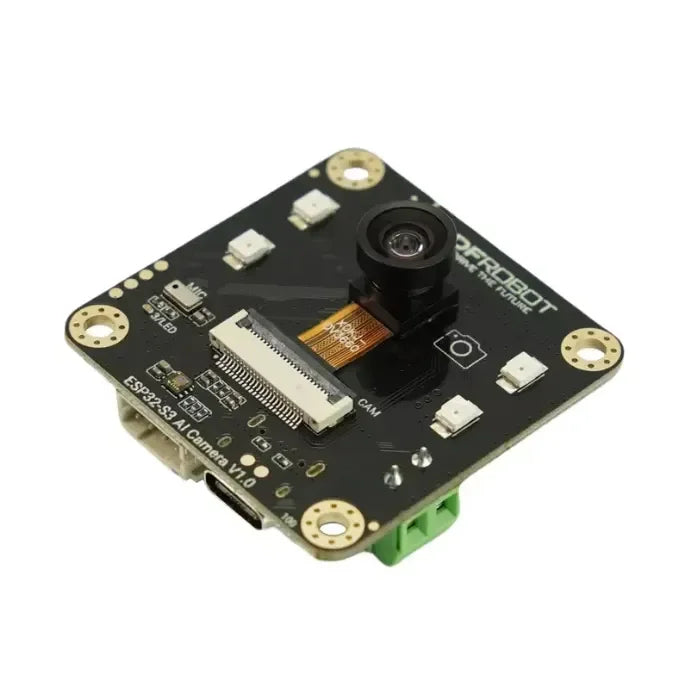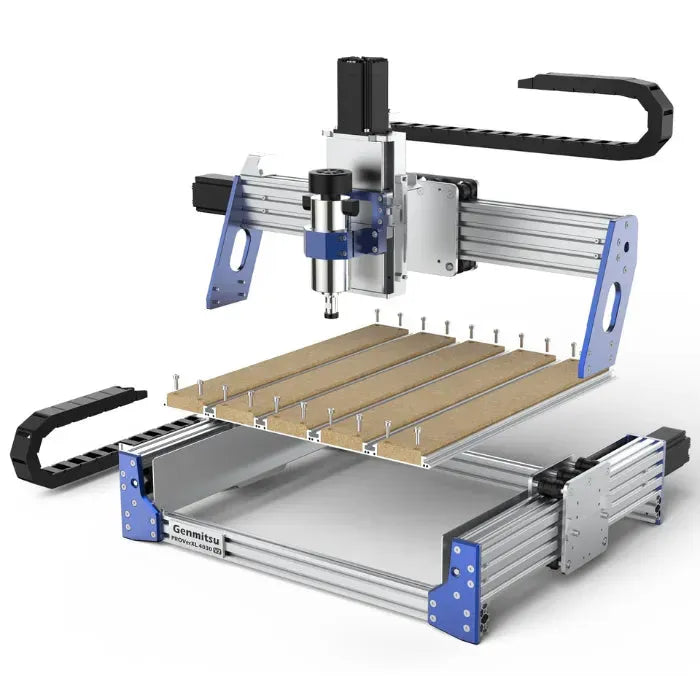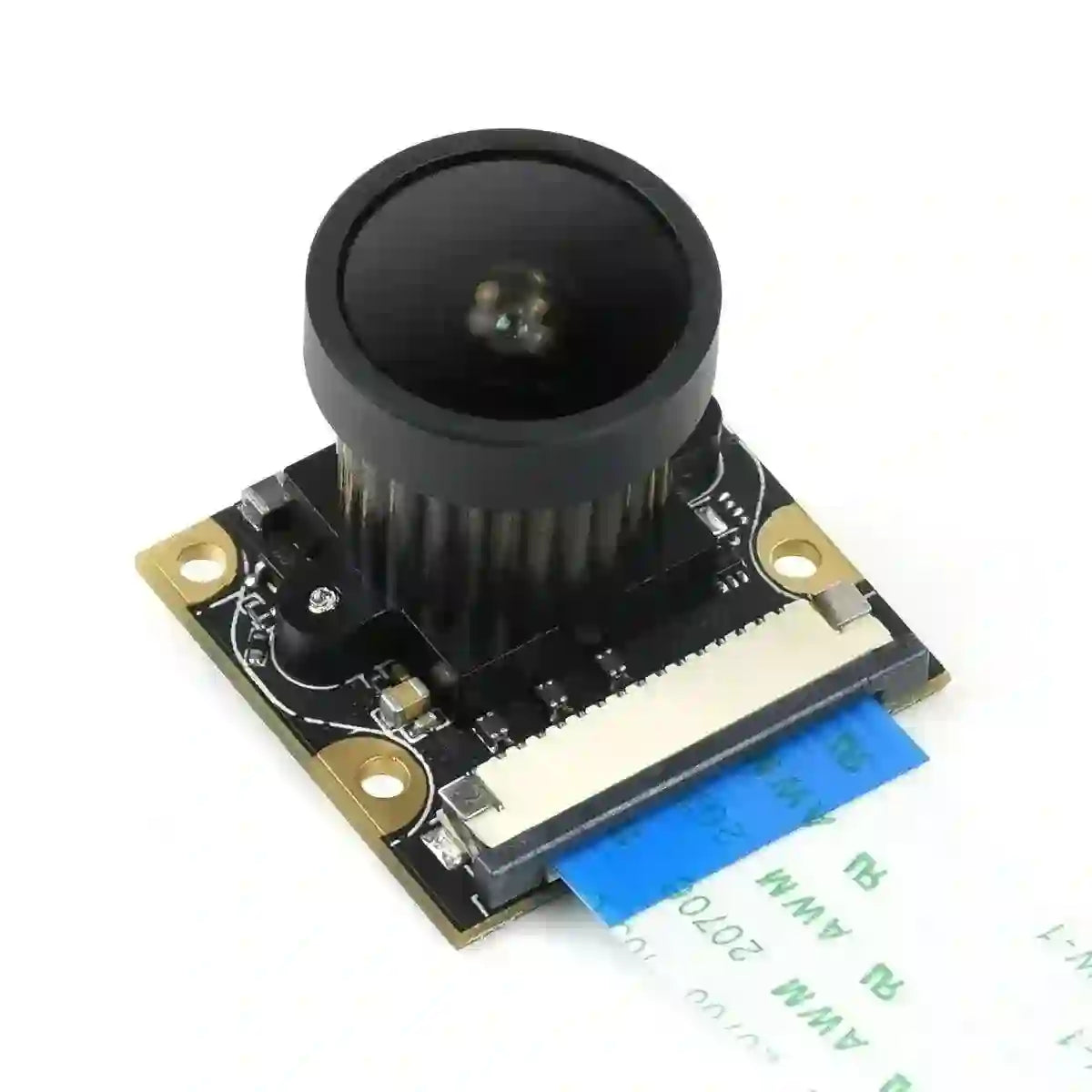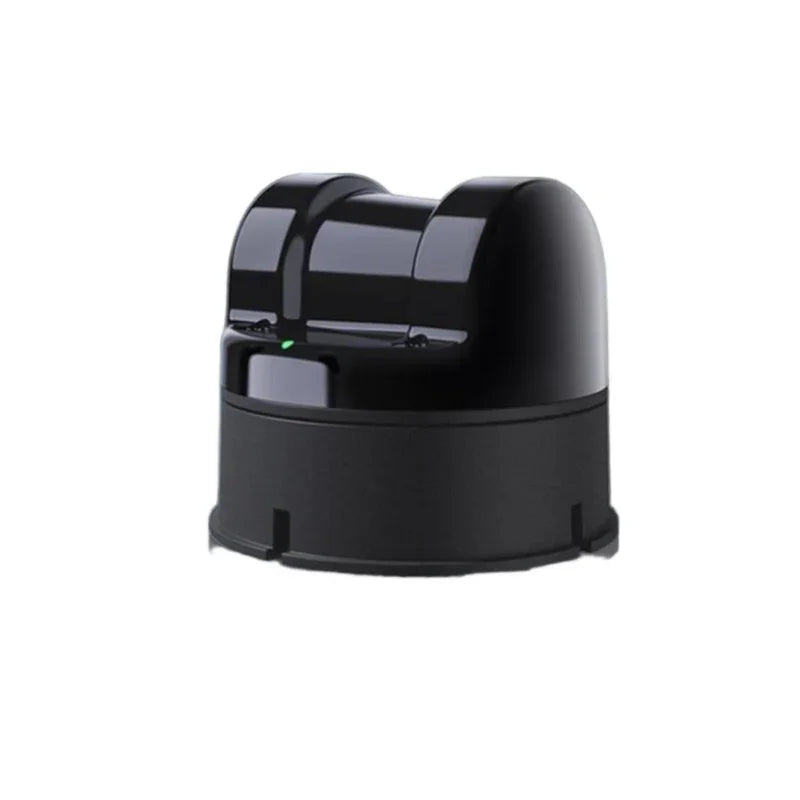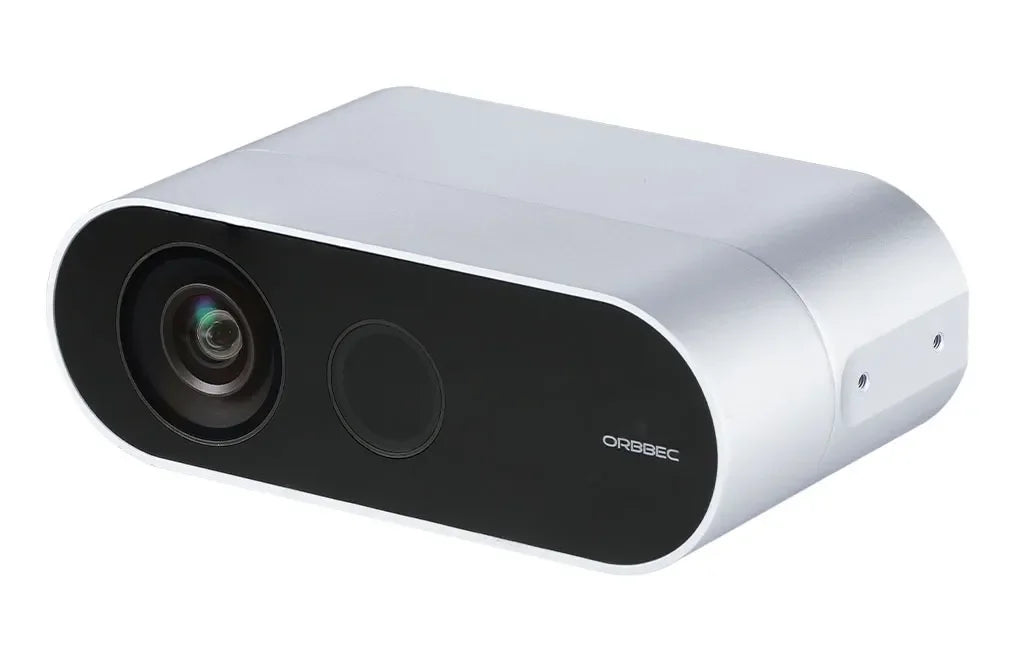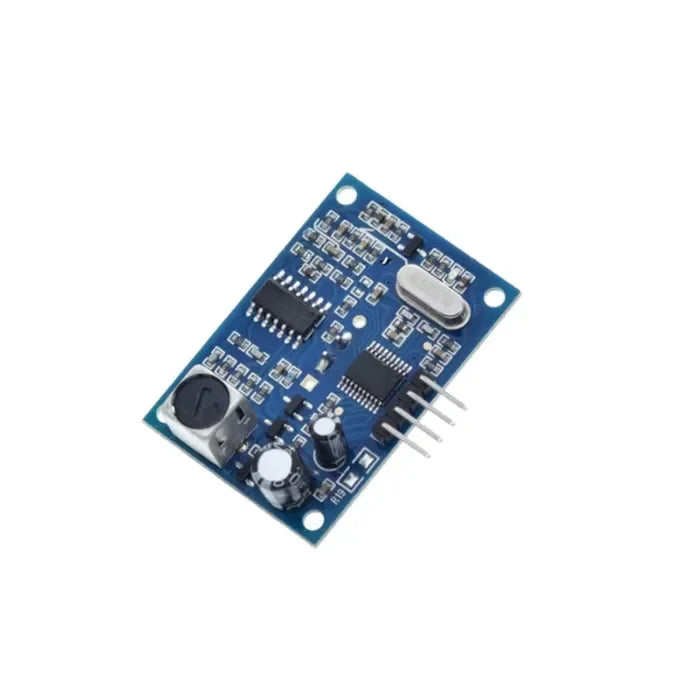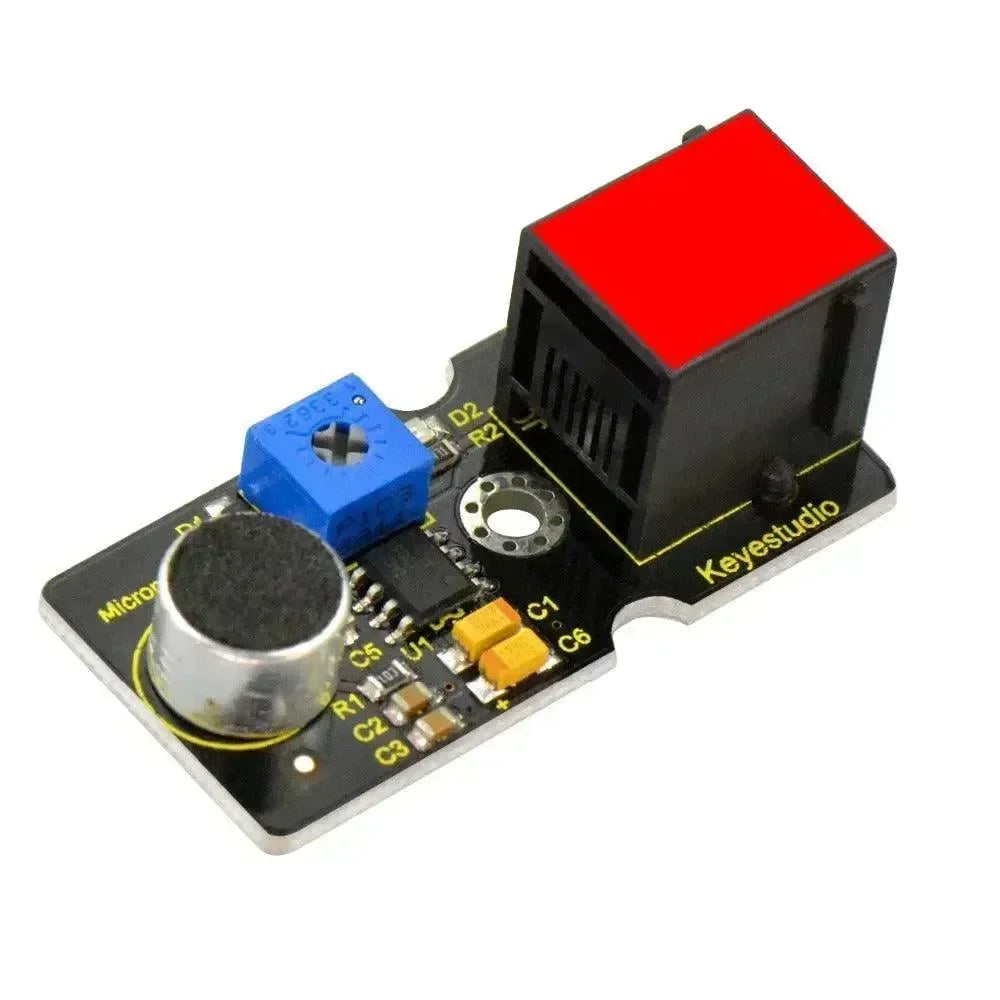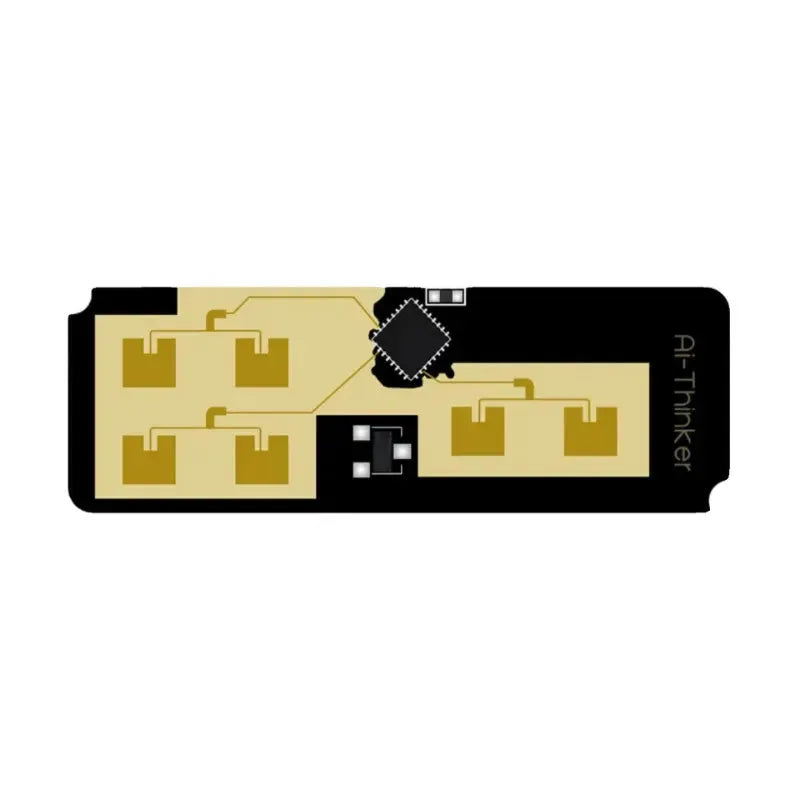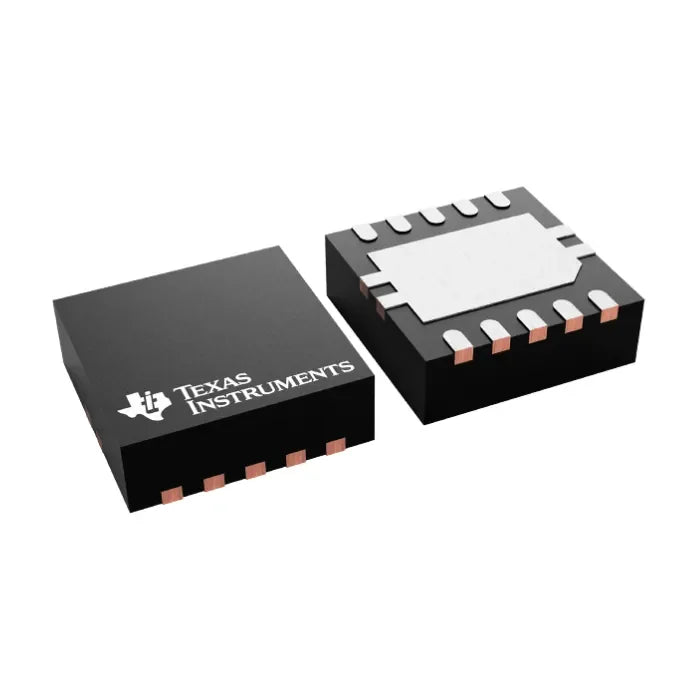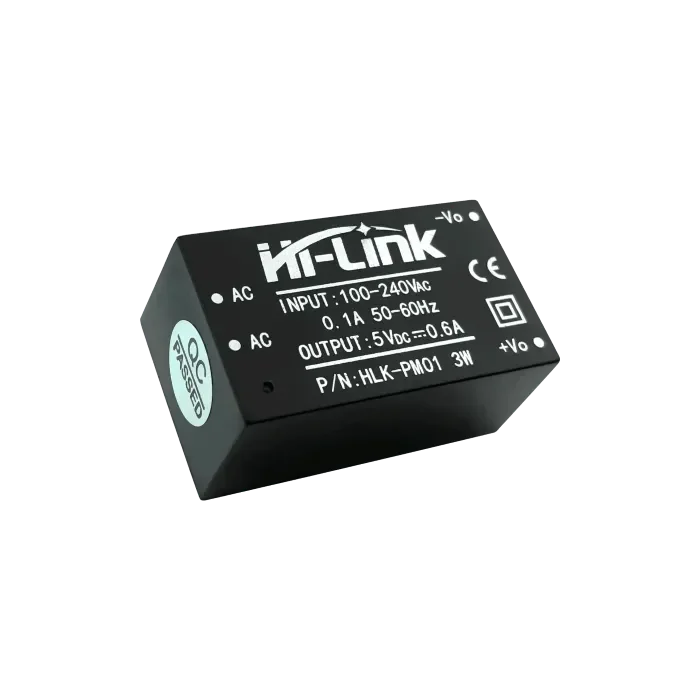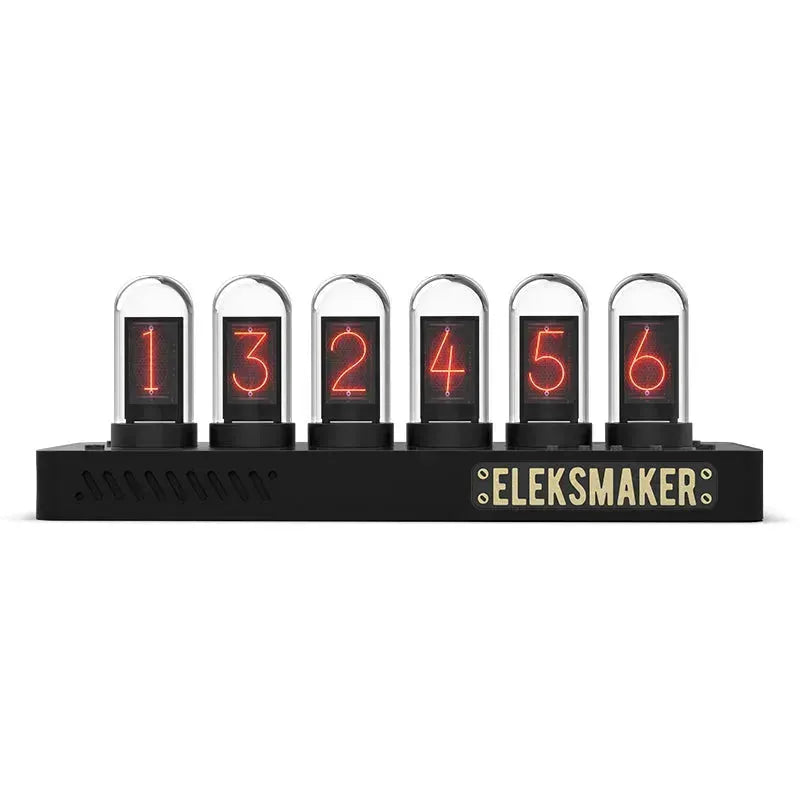What is Raspberry Pi Pico 2
RP2350 is a microcontroller designed by Raspberry Pi.

Whether you have a Raspberry Pi Pico 2 or another RP2350-based microcontroller board, everything you need to get started is right here. You’ll find support for C/C++ and MicroPython on the Raspberry Pi Pico 2, along with links to resources for other RP2350-based boards. Additionally, there are links to the technical documentation for both the Raspberry Pi Pico 2 microcontroller board and the RP2350 microcontroller chip.
Raspberry Pi Pico VS Raspberry Pi Pico 2
| Feature | Raspberry Pi Pico 2 | Raspberry Pi Pico |
| SoC | RP2350, Dual Core Arm Cortex M33 or Dual Core RISC-V Hazard3 running at up to 150 Mhz | RP2040, Dual Core Arm Cortex M0+ running at up to 133 MHz |
| SRAM | 520 KB | 264 KB |
| Flash Storage | 4MB QSPI | 2MB QSPI |
| Security | Arm TrustZone, 8KB OTP, Secure Boot | None |
| Wi-Fi / Bluetooth | None | None (Pico W has this) |
| Language Support | MicroPython, CircuitPython, C, C++ | MicroPython, CircuitPython, C, C++ |
| USB Interface | USB 1.1 Device and Host | USB 1.1 Device and Host |
| GPIO Logic Level | 3.3V | 3.3V |
| GPIO | 26 x Digital IO | 26 x Digital IO |
| Row 9 - Cell 0 | 4 x 12-bit ADC (Analog pins) | 3 x 12-bit ADC (Analog pins) |
| Row 10 - Cell 0 | 2 x UART, 2 x I2C, 2 x SPI, 24 x PWM | 2 x UART, 2 x I2C, 2 x SPI, 16 x PWM |
| Programmable IO | 12 PIO State Machines | 8 PIO State Machines |
| Onboard LED | GPIO 25 | GPIO 25 |
| Power | 1.8 to 5.5V via Micro USB or VSYS | 1.8 to 5.5V via Micro USB or VSYS |
| MCU Sleep Mode | <10uA | 100uA |
| Dimensions | 21 x 51mm | 21 x 51mm |
| Price | $5 | $4 |
Why is it Called RP2350

Number of processor cores
Loosely which type of processor (M33)
floor(log2(RAM / 16KB))
floor(log2(nonvolatile / 128KB)) or 0 if no onboard nonvolatile storage
Specification
The RP2350 is a versatile, high-performance microcontroller from Raspberry Pi, designed to be secure, affordable, and user-friendly.
It boasts a large on-chip memory, a symmetric dual-core processor complex, a deterministic bus fabric, and a rich set of peripherals enhanced by the unique Programmable I/O (PIO) subsystem. This combination offers professional users exceptional power and flexibility. For beginners and hobbyists, the RP2350 provides an easy entry point with detailed documentation, a polished MicroPython port, and a UF2 bootloader in ROM.
As a stateless device, the RP2350 supports cached execute-in-place from external QSPI memory, allowing users to select the appropriate non-volatile storage density for their applications and benefit from the cost-effectiveness of commodity flash parts.
Manufactured on a modern 40nm process node, the RP2350 delivers high performance, low dynamic power consumption, and low leakage. It also features various low-power modes to support extended battery operation.

Key Features:
-
Dual Cortex-M33 or Hazard3 processors running up to 150MHz
-
520KB multi-bank high-performance SRAM
-
Support for up to 16MB of off-chip Flash memory via a dedicated QSPI bus
-
DMA controller
-
Fully-connected AHB crossbar
-
On-chip programmable LDO for core voltage generation
-
2 on-chip PLLs for USB and core clocks
-
30 GPIO pins, with 4 usable as analog inputs
Peripherals:
-
2 UARTs
-
2 SPI controllers
-
2 I2C controllers
-
24 PWM channels
-
USB 1.1 controller and PHY, supporting both host and device modes
-
3 Programmable IO (PIO) blocks, totaling 12 state machines
Security:
The RP2350 features a robust security architecture based on Arm TrustZone for Cortex-M, including:
-
Signed boot support
-
8KB of on-chip antifuse one-time-programmable (OTP) memory
-
SHA-256 acceleration
-
A hardware true random number generator (TRNG)
Architecture Switching:
The RP2350 includes a pair of open-hardware Hazard3 RISC-V cores that can be substituted at boot time for the Cortex-M33 cores. The boot ROM can auto-detect the architecture of a second-stage binary and reboot the chip into the appropriate mode. All chip features, except for a few security features and the double-precision floating-point accelerator, are available in RISC-V mode.
Download and Tools
RP2350 Hardware Design Guide


